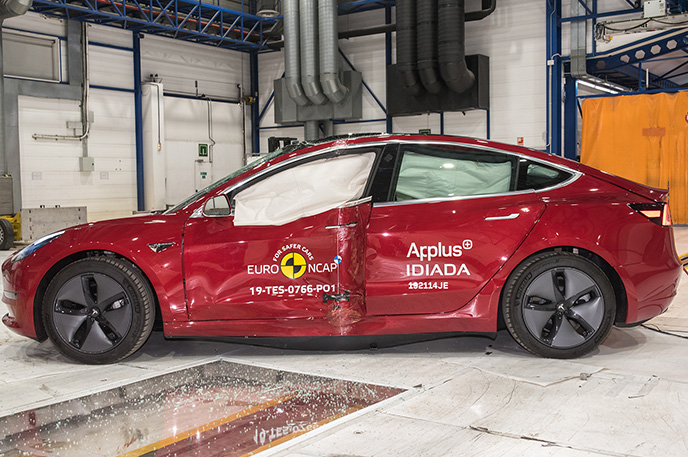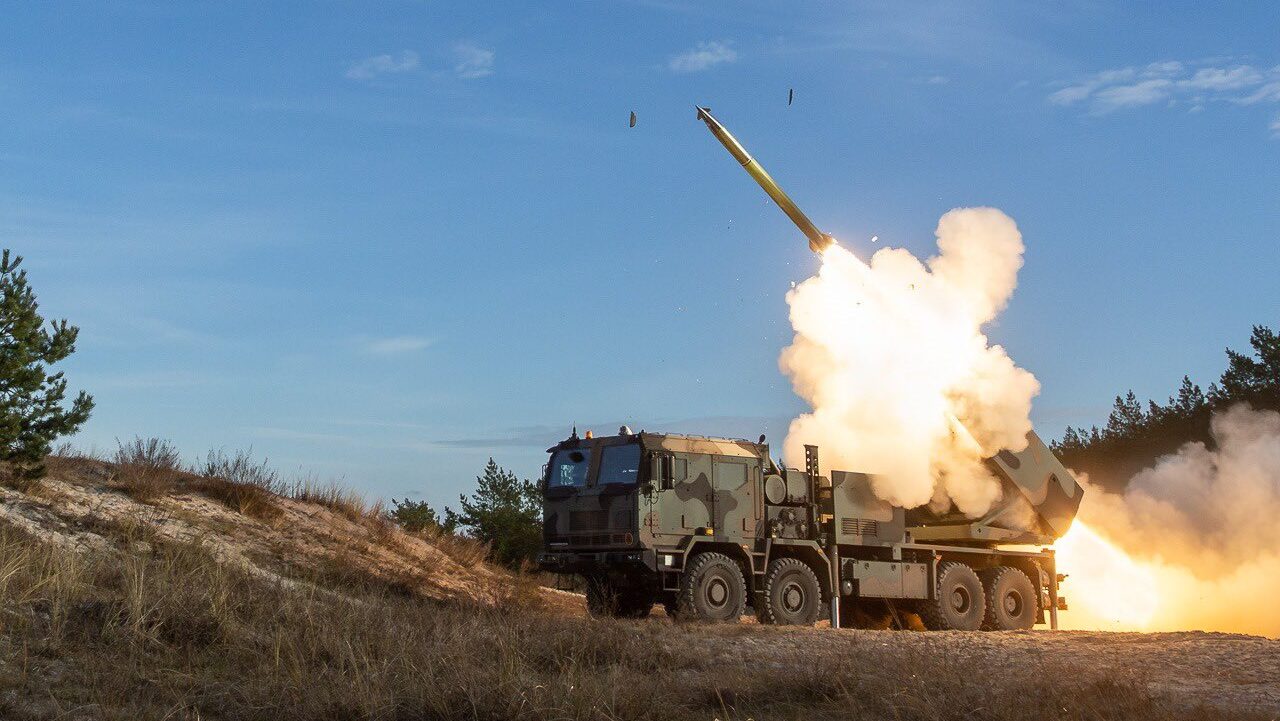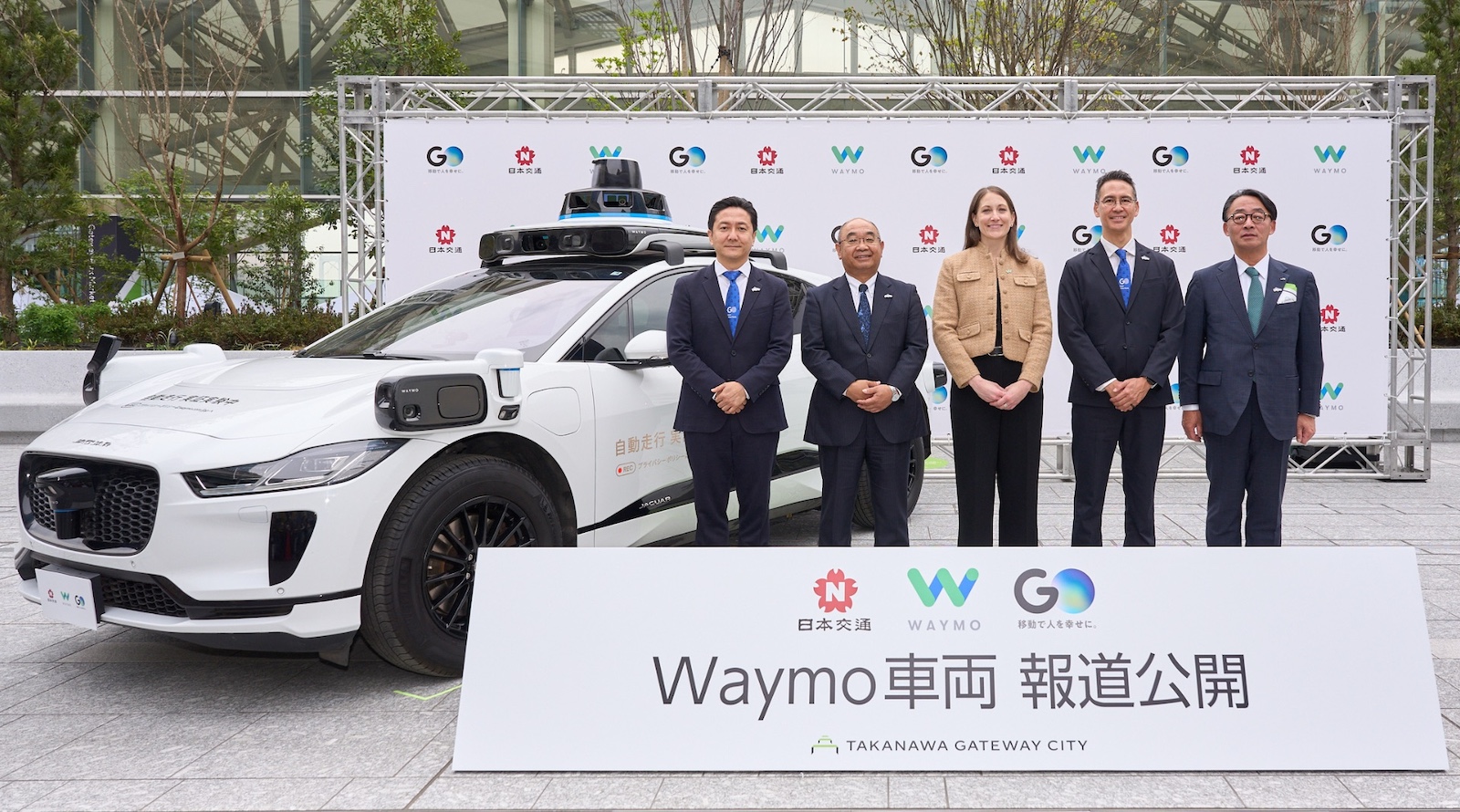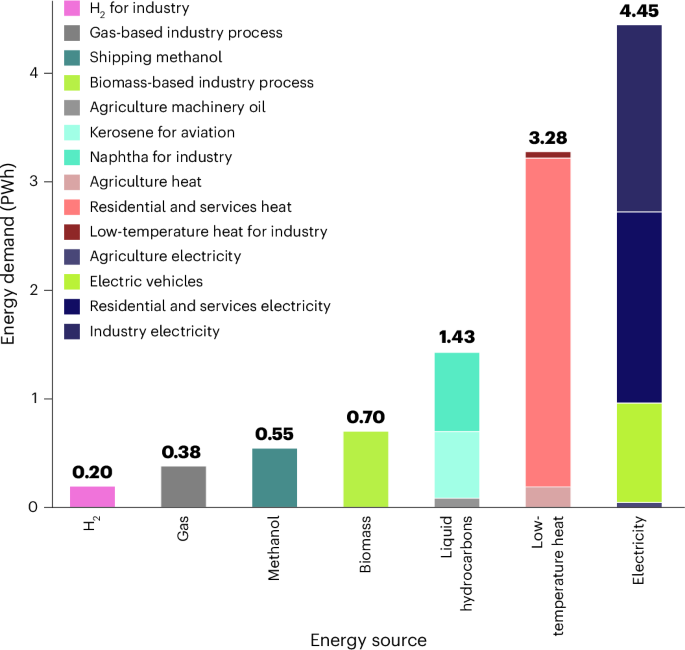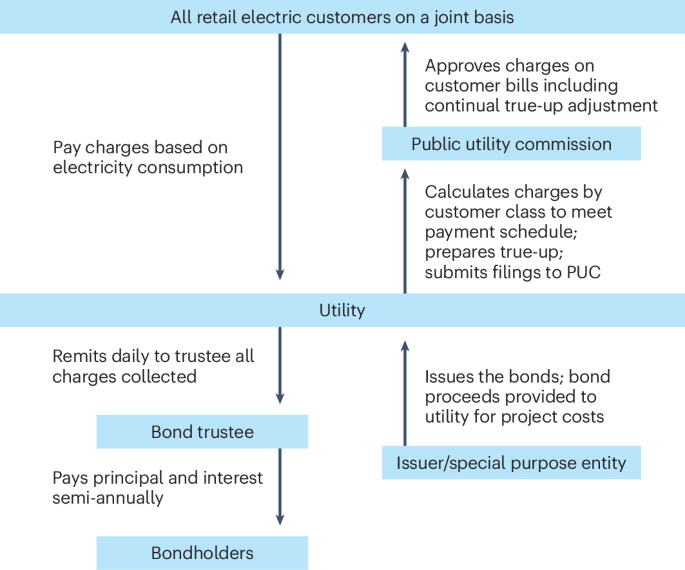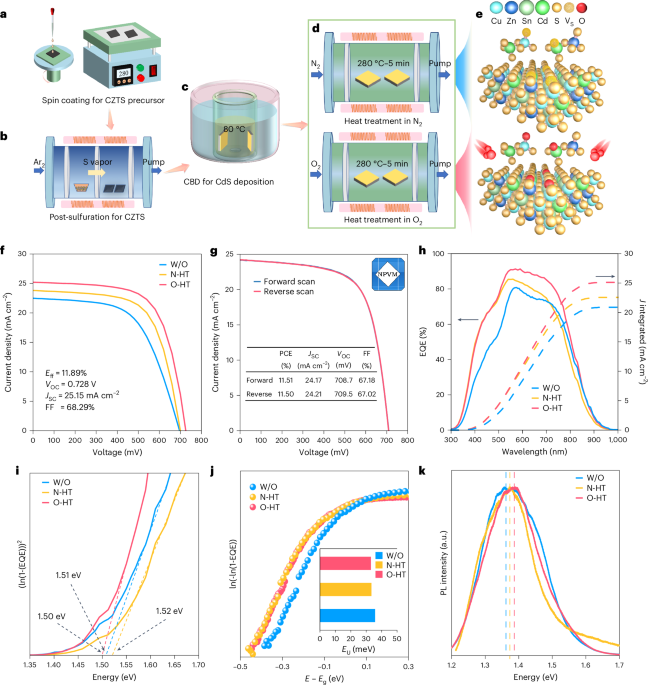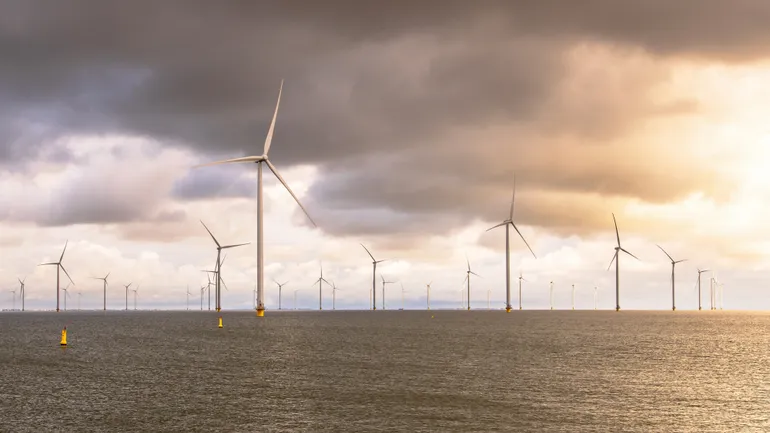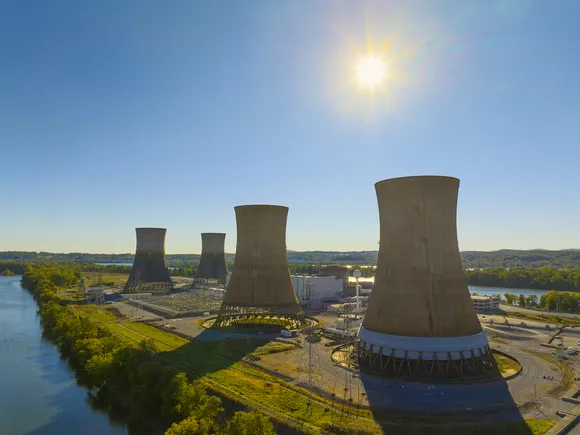In Situ Copolymerizing ZrO2 with Hydrogel Electrolytes toward High‐Rate and Long‐Life Quasi‐Solid‐State Zn–Ion Batteries
Advanced Energy Materials, EarlyView.

A functional hydrogel electrolyte is developed by in situ copolymerized ZrO2, in which ZrO2 reduces the attraction between polymer chains and Zn2+ to form a new hopping transport path, further realizing the multiple ion transport and improved structural stability. PANI@ZrO2-based battery displays stability of 1500 cycles with a capacity retention rate of 79.2%, displaying promising application potential in ZIBs.
Abstract
Hydrogel is adopted as a promising alternative electrolyte for the zinc–ion batteries (ZIBs) due to its water-retaining capacity and high ionic conductivities. However, the high content of free water molecules will affect the operation of electrolytes in ZIBs, resulting in the uncontrolled growth of zinc dendrites and related side reactions. Herein, a functional hydrogel electrolyte is developed by in situ copolymerizing the ceramic ZrO2 with acrylamide and 2-Acrylamido-2-methylpropane sulfonic acid to adjust the ion transport behavior, further improve zinc ions' depositional behavior. The interaction between ZrO2 and ─SO3H groups within the hydrogel is capable of inducing the free migration of zinc ions, resulting in a novel transport pathway, thereby enhancing the diffusion rate of zinc ions with an ionic conductivity of 38.3 mS cm−1. The hydrogen bonding between ceramic particles and free water molecules of the hydrogel electrolyte enables it to achieve stable operation under large current densities (8 mA cm−2, 4 mAh cm−2). Moreover, a full battery with polyaniline (PANI@ZrO2) displays excellent stability (1500 cycles) with a capacity retention rate of 79.2%. The proposed work provides an insightful design of high-performance electrolyte materials for energy storage by manipulating the zinc behavior.





































